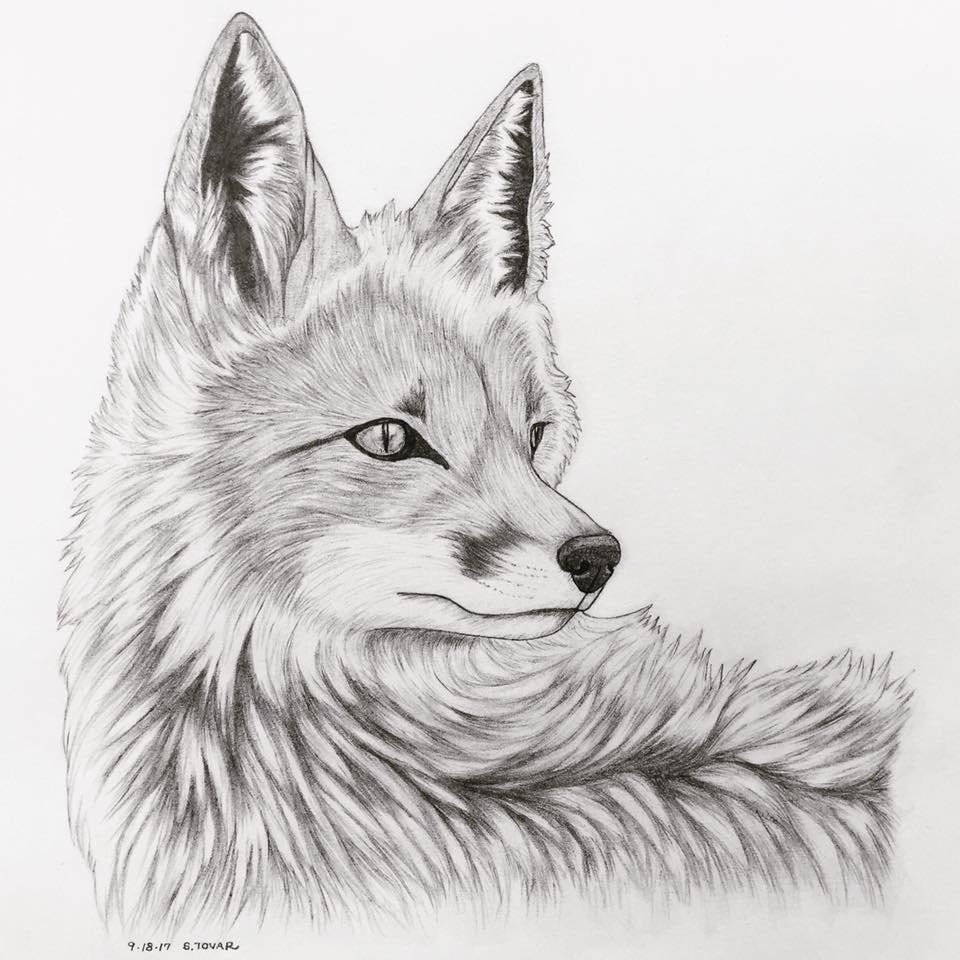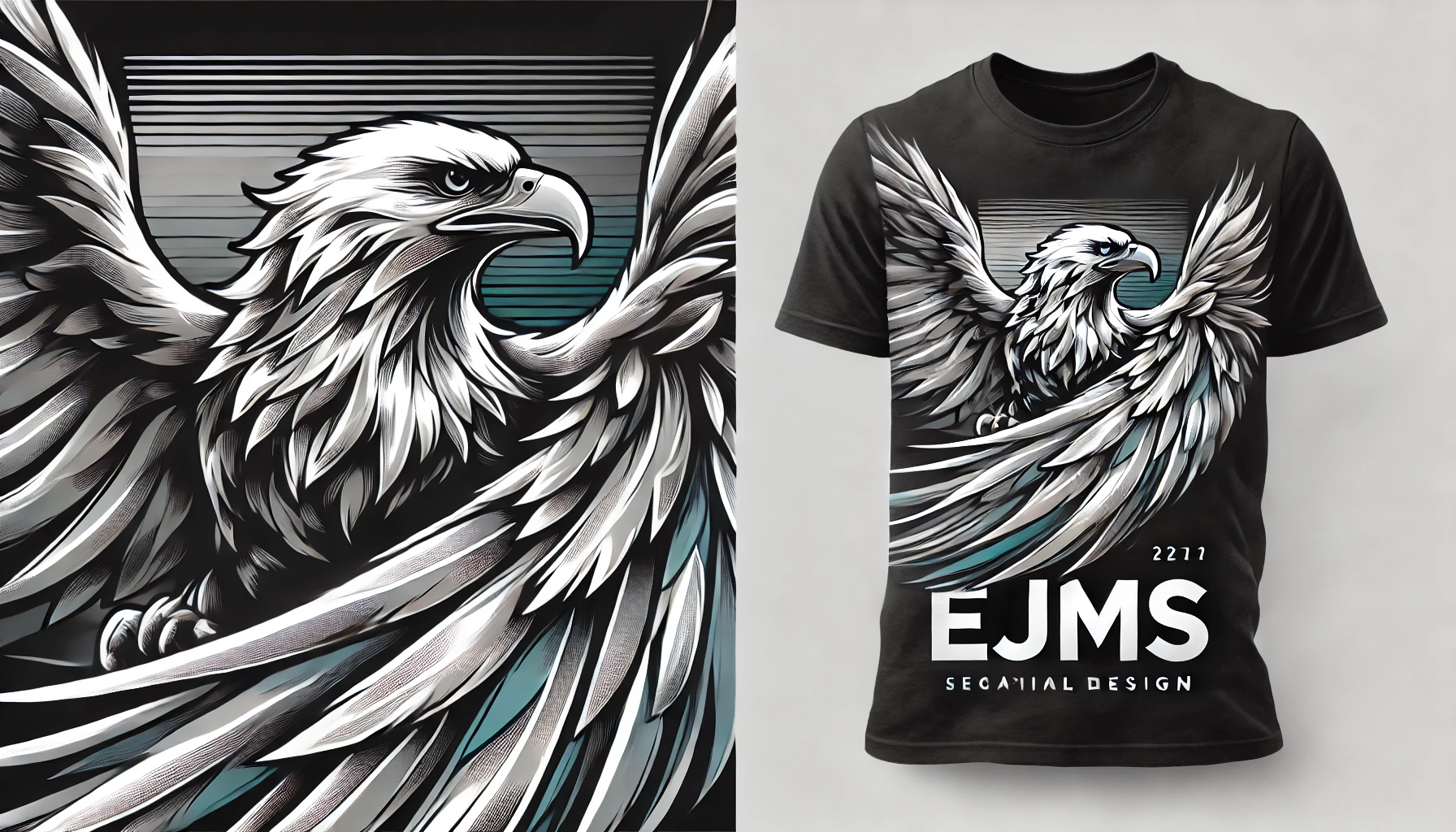Drawing:1enzi6g2cvg= fox Discover the Beauty of Nature Through Art
Nature enthusiasts, wildlife photographers, and animal lovers often find themselves mesmerized by the beauty of a fox. If you have a passion for drawing, capturing the essence of a fox on paper can be an incredibly rewarding experience. In this blog post, we’ll explore how to create a stunning drawing:1enzi6g2cvg= fox , offering valuable insights, tips, and examples to help you refine your skills. By the end of this guide, you’ll have a deeper appreciation for the art of drawing:1enzi6g2cvg= fox and be ready to start your own masterpiece.
Understanding the Charm of Foxes
Foxes are known for their cunning nature and captivating beauty. These creatures have been depicted in various cultures and art forms throughout history. Their slender bodies, bushy tails, and expressive faces make them an intriguing subject for artists. When drawing a fox, it’s essential to capture not just its physical features but also its personality and spirit. A drawing:1enzi6g2cvg= fox can convey the grace, agility, and mystery that these animals embody.
Foxes are often associated with various symbolic meanings, such as cleverness, adaptability, and wisdom. This makes them a fascinating subject for an artwork that aims to tell a story or convey a deeper message. When working on your drawing:1enzi6g2cvg= fox, consider the emotions and ideas you want to express through your art. This will add depth and meaning to your final piece, making it more engaging for viewers.
In addition to their symbolic significance, foxes are also visually appealing due to their striking colors and patterns. From the vibrant red of the red fox to the muted tones of the Arctic fox, there is a wide range of options to explore. By studying different species and their unique characteristics, you can create a drawing:1enzi6g2cvg= fox that stands out and captures the essence of these remarkable animals.
Gathering Inspiration and References
Before you start your drawing:1enzi6g2cvg= fox, it’s crucial to gather inspiration and references. Look for high-quality photographs of foxes in various poses and environments. Wildlife photography websites, nature magazines, and social media platforms like Instagram and Pinterest are excellent sources for finding reference images. By studying these photos, you can better understand the anatomy, movement, and behavior of foxes, which will enhance your drawing.
In addition to photographs, consider looking at other artists’ interpretations of foxes. Studying different styles and techniques can provide valuable insights and inspiration for your own work. Pay attention to how artists use lines, shading, and colors to create realistic and expressive drawings. This will help you develop your unique approach to drawing:1enzi6g2cvg= fox.
Don’t limit yourself to just visual references; reading about foxes can also be beneficial. Books, articles, and documentaries on fox behavior, habitat, and biology can deepen your understanding of these animals. The more you know about foxes, the more accurately you can depict them in your drawing:1enzi6g2cvg= fox. Knowledge of their natural environment and lifestyle can also help you create more dynamic and authentic compositions.

Getting Started with Basic Shapes
When beginning your drawing:1enzi6g2cvg= fox, start with basic shapes to establish the overall structure and proportions. This foundational step is crucial for creating a balanced and accurate drawing. Begin by sketching simple shapes like circles, ovals, and rectangles to represent the head, body, and limbs of the fox. These shapes will serve as a framework for adding details and refining the form.
For the head, draw a circle or an oval, depending on the angle and pose you want to depict. Add guidelines to indicate the placement of the eyes, nose, and mouth. For the body, sketch an elongated oval or rectangle, keeping in mind the natural curvature of a fox’s spine. The limbs can be represented by simple lines or cylinders, which will help you visualize their positioning and movement.
Once you have the basic shapes and guidelines in place, start refining the outlines and adding more details. Focus on capturing the fox’s distinctive features, such as its pointed ears, sharp eyes, and bushy tail. Take your time with this stage, as it sets the foundation for the rest of your drawing:1enzi6g2cvg= fox. Remember to keep your lines light and loose, as you’ll be making adjustments and adding more details later.
Adding Anatomical Details
With the basic shapes established, it’s time to add anatomical details to your drawing:1enzi6g2cvg= fox. Pay close attention to the fox’s proportions and muscle structure, as this will help you create a more realistic and accurate representation. Study reference images to understand how the muscles and bones influence the fox’s form and movement.
Start by refining the head, focusing on the eyes, nose, and mouth. The eyes are a crucial feature, as they convey the fox’s personality and expression. Make sure to capture their shape and placement accurately. The nose and mouth should be drawn with attention to detail, as they add character to the face. Take note of the fur patterns around these areas, as they can enhance the realism of your drawing:1enzi6g2cvg= fox.
Next, work on the body and limbs. Pay attention to the muscle definition and how it affects the contours of the fox’s body. Foxes are agile and lean, so make sure to capture the sense of movement and grace in your lines. The legs should be drawn with attention to the joints and paw structure, as these details add to the overall realism. Don’t forget to include the bushy tail, which is a defining feature of a fox. Study the way the fur flows and the tail’s shape to create a lifelike representation in your drawing:1enzi6g2cvg= fox.
Incorporating Fur Texture
One of the most challenging aspects of drawing a fox is capturing the texture of its fur. Foxes have thick, soft fur that varies in length and density across different parts of their bodies. To create a realistic fur texture in your drawing:1enzi6g2cvg= fox you’ll need to use a combination of techniques, including shading, hatching, and layering.
Start by observing the direction and flow of the fur in your reference images. Fur tends to follow the contours of the body, so make sure your strokes align with the natural lines of the fox’s form. Use light, short strokes to create the illusion of fur, gradually building up layers to add depth and volume. Vary the length and density of your strokes to mimic the different fur textures found on a fox’s body.
Shading is essential for creating a three-dimensional effect and adding realism to your drawing:1enzi6g2cvg= fox. Use a range of values, from light to dark, to define the fur’s texture and create contrast. Pay attention to the areas where the fur is thicker or longer, such as the neck, chest, and tail. These areas will require more detailed shading and layering to achieve the desired effect. Experiment with different techniques and tools, such as pencils, charcoal, or digital brushes, to find the method that works best for you.
Drawing1enzi6g2cvg Fox
Creating a beautiful and realistic drawing:1enzi6g2cvg= fox requires patience, practice, and attention to detail. By following the steps outlined in this guide, you can develop your skills and create a stunning representation of this captivating animal. Remember to start with basic shapes, add anatomical details, and incorporate fur texture to achieve a lifelike result.
When working on your drawing:1enzi6g2cvg= fox, take your time and enjoy the process. Drawing is not just about the final product; it’s also about the experience of observing and capturing the beauty of nature. Allow yourself to make mistakes and learn from them, as this will help you grow as an artist.
Share your drawing:1enzi6g2cvg= fox with others and seek feedback from fellow artists and nature enthusiasts. Engaging with a community of like-minded individuals can provide valuable insights and inspiration, helping you improve your skills and gain new perspectives. Whether you’re a beginner or an experienced artist, there’s always room for growth and exploration in the world of drawing.
Enhancing Your Drawing with Colors
Adding color to your drawing:1enzi6g2cvg= fox can bring it to life and make it even more captivating. Whether you choose to work with traditional mediums like colored pencils, watercolors, or digital tools, understanding color theory and how to apply it effectively is essential. Start by selecting a color palette that reflects the natural hues of a fox’s fur and environment.
Begin by laying down the base colors, focusing on the primary shades of the fox’s fur. Use light, even strokes to build up the color gradually, avoiding harsh lines or streaks. Pay attention to the natural variations in color, such as the gradient from the darker fur on the back to the lighter fur on the belly. This will add depth and realism to your drawing:1enzi6g2cvg= fox.
Next, add shadows and highlights to create a three-dimensional effect. Use darker shades to emphasize the areas where the fur is denser or where shadows naturally fall, such as under the legs and along the spine. Apply lighter tones to the areas that catch the light, like the top of the head and the tips of the ears. Blending the colors smoothly will help achieve a natural and cohesive look in your drawing:1enzi6g2cvg= fox.
Capturing the Fox’s Expression
The expression of a fox is one of its most captivating features, and capturing it accurately can make your drawing:1enzi6g2cvg= fox truly stand out. Focus on the eyes, as they are the key to conveying emotion and personality. Study reference images to understand the nuances of a fox’s gaze, and practice drawing different expressions to develop your skills.
Start by drawing the basic shape of the eyes, paying attention to their size and placement. Add details such as the pupils, iris, and reflections to bring the eyes to life. The eyebrows and the area around the eyes also play a crucial role in expressing emotion. Adjust the angle and shape of these features to convey different moods, such as curiosity, alertness, or playfulness.
In addition to the eyes, the position of the ears and the mouth can also impact the fox’s expression. Experiment with different ear positions and mouth shapes to create a range of emotions in your drawing:1enzi6g2cvg= fox. By mastering these subtle details, you can add depth and character to your artwork, making it more engaging and relatable for viewers.

Practicing Different Poses
To create a dynamic and engaging drawing:1enzi6g2cvg= fox, practice drawing the fox in various poses and positions. This will help you understand the animal’s anatomy and movement better, allowing you to create more realistic and lively compositions. Start with simple poses, such as a sitting or standing fox, and gradually move on to more complex actions, like running, jumping, or hunting.
When drawing different poses, use reference images to study the fox’s body language and movement. Pay attention to the alignment of the limbs, the curvature of the spine, and the positioning of the head and tail. Sketching quick, loose gestures can help you capture the essence of the pose before adding more details and refining the lines.
By practicing various poses, you can build a library of reference sketches that you can use for future projects. This will not only improve your understanding of the fox’s anatomy but also provide you with a valuable resource for creating dynamic and engaging drawings. The more you practice, the more confident and skilled you will become in capturing the beauty and grace of a drawing:1enzi6g2cvg= fox.
Experimenting with Different Styles
Exploring different artistic styles can help you find your unique voice and enhance your drawing:1enzi6g2cvg= fox. Whether you prefer realism, impressionism, or a more abstract approach, experimenting with various styles can provide new insights and inspiration for your work. Study the techniques and styles of different artists, and try incorporating elements of their work into your own drawings.
For a realistic approach, focus on capturing the intricate details and textures of the fox’s fur, as well as the accurate proportions and anatomy. This style requires patience and precision but can result in stunningly lifelike representations. On the other hand, impressionism and abstract styles allow for more freedom and creativity, enabling you to emphasize the fox’s personality and emotions through bold colors, dynamic lines, and expressive shapes.
Experimenting with different styles can also help you discover new techniques and tools that can improve your overall drawing skills. By pushing the boundaries of your comfort zone and exploring new artistic avenues, you can develop a more versatile and well-rounded approach to creating a drawing1enzi6g2cvg fox.
Showcasing Your Work
Once you’ve completed your drawing:1enzi6g2cvg= fox, it’s time to share your work with the world. Showcasing your art can help you gain feedback, connect with other artists and nature enthusiasts, and inspire others to appreciate the beauty of foxes and wildlife. There are several ways to share your work, both online and offline.
Social media platforms like Instagram, Facebook, and Twitter are excellent places to share your drawings and connect with a broader audience. Use relevant hashtags, such as #foxdrawing, #wildlifeart, and #natureart, to increase the visibility of your posts and attract like-minded individuals. Engaging with your followers and other artists through comments and direct messages can help you build a supportive and inspiring community.
In addition to social media, consider participating in local art shows, exhibitions, and competitions. These events provide an opportunity to showcase your work in a physical space and receive feedback from a diverse audience. Joining art clubs or groups can also help you connect with fellow artists and gain valuable insights and inspiration for your future projects.

Continuously Improving Your Skills
Drawing is a lifelong learning process, and there’s always room for improvement and growth. To continuously enhance your drawing:1enzi6g2cvg= fox skills, make it a habit to practice regularly, seek feedback, and learn from other artists. Set aside time each day or week to work on your drawing, and challenge yourself with new techniques, subjects, and styles.
Taking art classes or workshops can also provide valuable guidance and inspiration. Look for courses that focus on wildlife art, anatomy, and drawing techniques to expand your knowledge and skills. Online tutorials, videos, and books are also excellent resources for learning at your own pace and exploring new approaches to drawing.
By staying committed to your artistic growth and seeking new opportunities for learning and inspiration, you can continue to refine your drawing:1enzi6g2cvg= fox skills and create even more captivating and realistic representations of these beautiful animals.
Drawing1enzi6g2cvg Fox
Drawing a fox can be a deeply rewarding experience for nature enthusiasts, wildlife photographers, and animal lovers alike. By following the steps and tips outlined in this guide, you can create a stunning and realistic drawing:1enzi6g2cvg= fox that captures the beauty and essence of these captivating creatures. From understanding the charm of foxes to practicing different poses and styles, each step of the process offers valuable insights and opportunities for growth.
Remember to gather inspiration and references, start with basic shapes, add anatomical details, incorporate fur texture, and enhance your drawing with colors. By practicing regularly, experimenting with different styles, and showcasing your work, you can continuously improve your skills and create even more engaging and lifelike drawings.
Whether you’re a beginner or an experienced artist, the art of drawing foxes offers endless possibilities for exploration and creativity. Take the time to observe and appreciate the beauty of these animals, and use your artistic talents to share their charm with the world. Happy drawing!














Post Comment